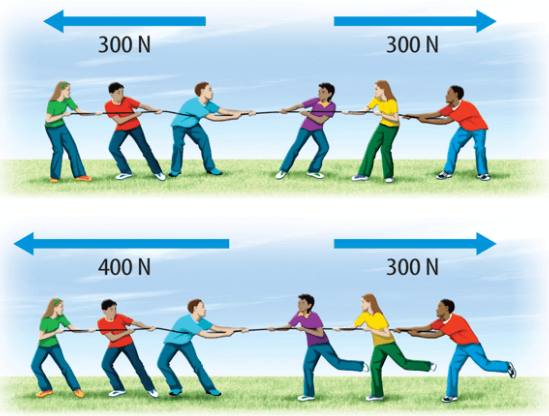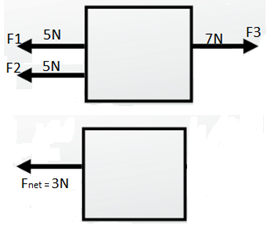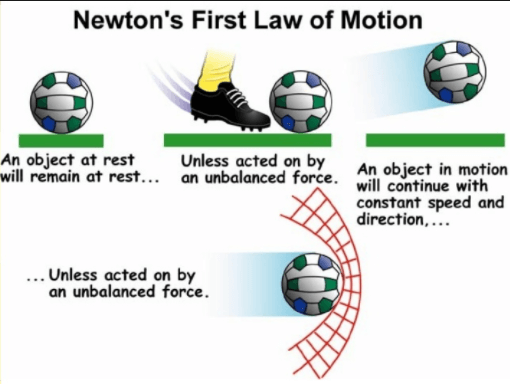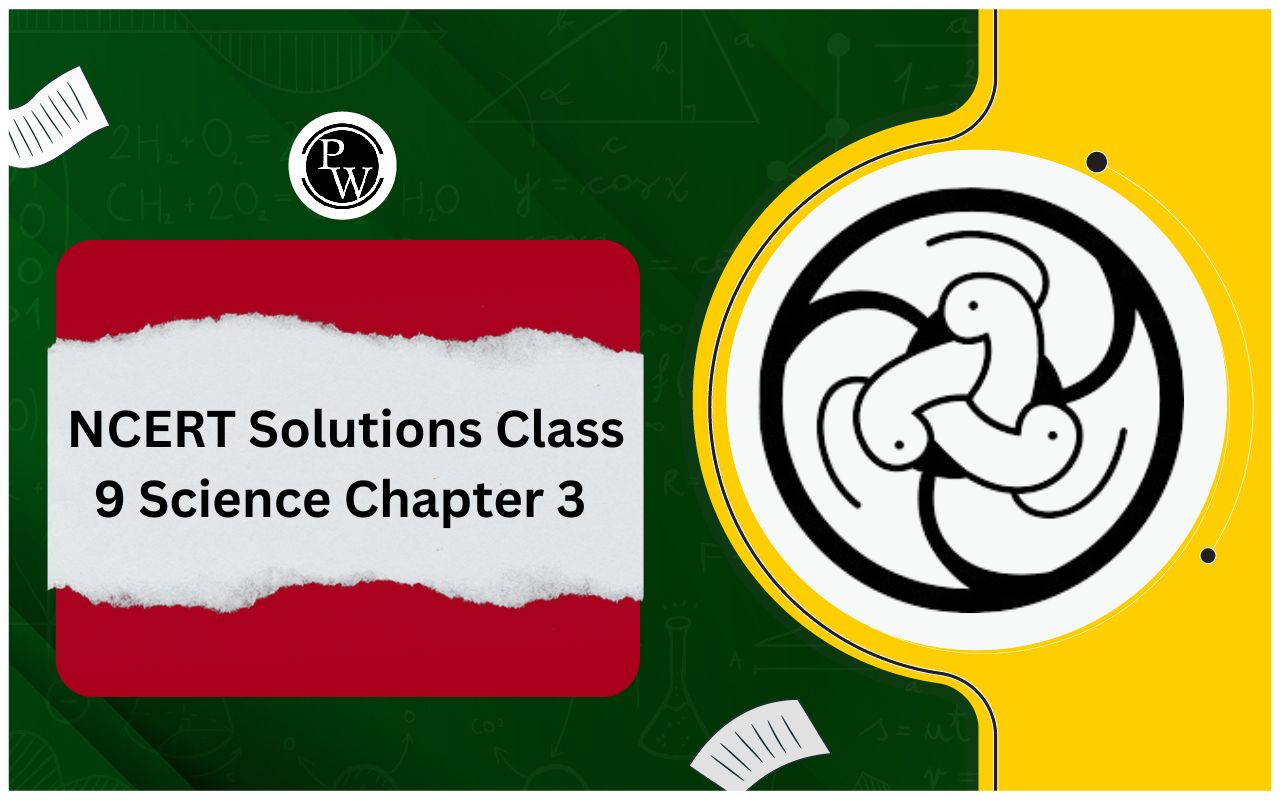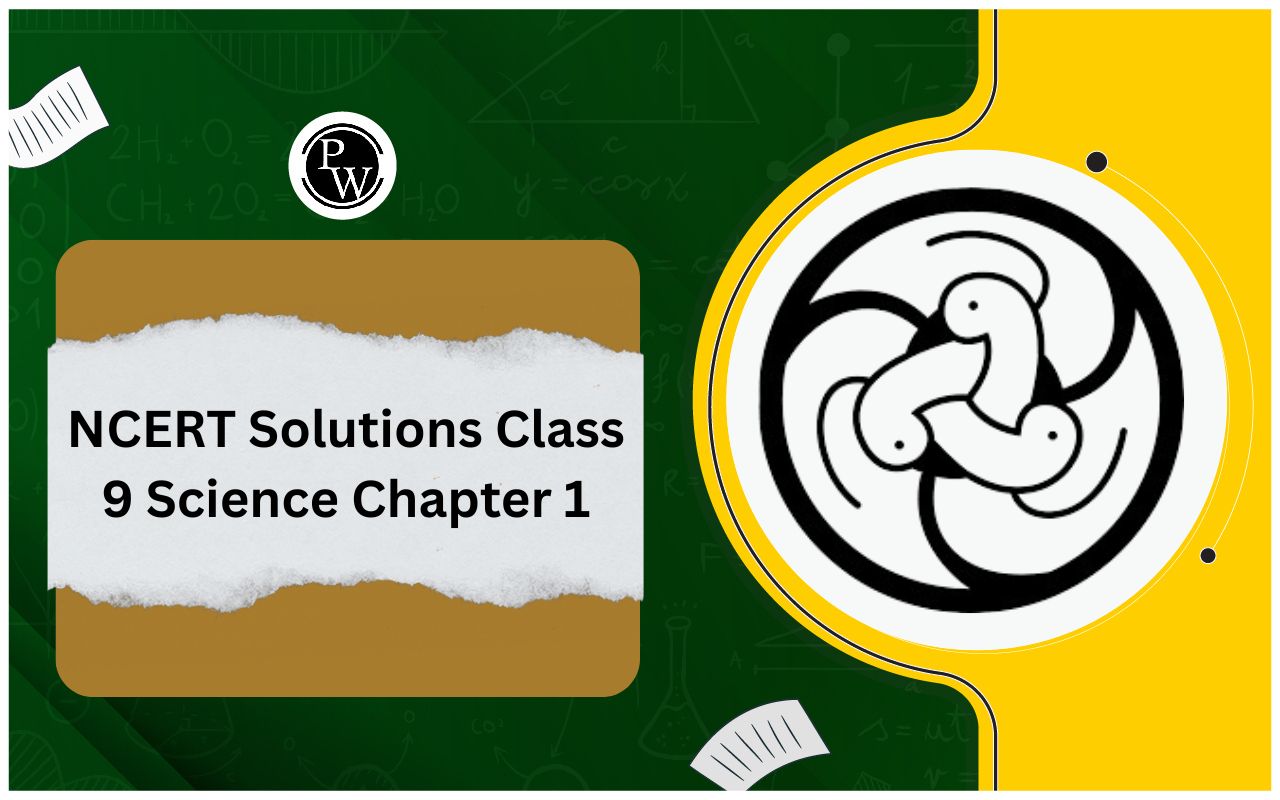
CBSE Class 9 Science Notes Chapter 9: In Class 9 Science, Chapter 9 talks about Force and Laws of Motion. It's all about understanding why things move or stay still. First, it explains what force is - basically, anything that can make an object move or change its motion. Then, it goes into Sir Isaac Newton's three laws of motion. The first one says that objects don't move unless something pushes or pulls them.
The second one talks about how much force it takes to move something, depending on its size and how much it weighs. The third one says that for every action, there's an equal and opposite reaction. It's like when you push against a wall, the wall pushes back on you. This chapter helps us understand why things move the way they do and how forces work in our everyday lives.CBSE Class 9 Science Notes Chapter 9 Force and Laws of Motion Overview
These notes for Class 9 Science, Chapter 9, "Force and Laws of Motion," are made by experts from Physics Wallah. They're like a guidebook that helps us understand why things move and what makes them stop. In these notes, you'll learn about force, which is like a push or a pull that can make things move or change their motion.CBSE Class 9 Science Notes Chapter 9 PDF
You can find the PDF for CBSE Class 9 Science Notes Chapter 9, "Force and Laws of Motion," using the provided link. This PDF contains detailed explanations and important concepts covered in the chapter. It's a valuable resource for students to revise and understand the topic thoroughly. With this PDF, you can enhance your understanding of forces and motion, making your learning experience more effective and enjoyable.CBSE Class 9 Science Notes Chapter 9 Force and Laws of Motion
Inertia
Inertia is the natural tendency of objects to resist changes in their state of motion or rest. Essentially, it's the property of matter that makes objects maintain their current state unless acted upon by an external force. Inertia depends on the mass of an object - the more massive an object is, the greater its inertia, and vice versa.Types of Inertia:
- Inertia of Rest: An object at rest will remain at rest unless acted upon by an external force. For instance, when you suddenly accelerate in a car, you may feel as though you're being pushed backward. In reality, your body tends to stay in place due to its inertia, resisting the change in motion caused by the car's acceleration.
- Inertia of Motion: An object in motion will continue moving at a constant velocity in a straight line unless acted upon by an external force. For example, when a hockey puck is sliding across the ice, it will keep moving until it encounters friction or another force that slows it down.
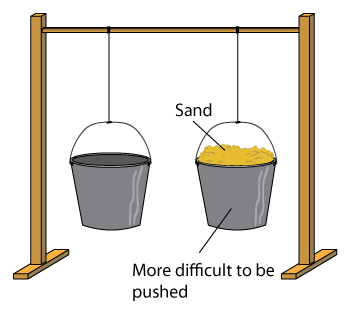 Understanding inertia is crucial for explaining various phenomena in physics, such as why objects stay at rest or continue moving until acted upon by a force. It also helps us comprehend the behavior of objects in different situations, whether they're stationary, in motion, or changing their velocity.
Understanding inertia is crucial for explaining various phenomena in physics, such as why objects stay at rest or continue moving until acted upon by a force. It also helps us comprehend the behavior of objects in different situations, whether they're stationary, in motion, or changing their velocity.
Second Law of Motion
The Second Law of Motion, also known as Newton's Second Law, relates the net force acting on an object to its mass and acceleration. It explains how the velocity of an object changes when a force is applied to it.Momentum:
Before delving into the Second Law, it's essential to understand momentum. Momentum is a property of moving objects and depends on both their mass and velocity. It is defined as the product of an object's mass (m) and its velocity (v). Mathematically, momentum (p) can be expressed as p = mv. Since momentum is a vector quantity, it has both magnitude and direction. For instance, a fast-moving baseball or a bullet fired from a gun possesses momentum.Second Law of Motion:
The Second Law of Motion states that the rate of change of momentum of an object is directly proportional to the net force acting on it and takes place in the direction of the force. This law can be expressed mathematically as F = ma, where F is the net force applied to the object, m is its mass, and a is the acceleration produced. The equation F = ma signifies that the force acting on an object is directly proportional to both its mass and the acceleration it experiences. This implies that a greater force is required to accelerate an object with a larger mass compared to one with a smaller mass, given the same acceleration. The Second Law allows us to calculate the force required to produce a specific acceleration on an object. For instance, if we apply a force of 1 unit to an object with a mass of 1 kg, resulting in an acceleration of 1 m/s², then the force (F) exerted can be represented as F = 1 × 1 = 1 unit.Conservation of Momentum
The concept of conservation of momentum is rooted in the principle that the total momentum of an isolated system remains constant over time, provided no external forces act on it. To comprehend this concept fully, it's essential to first understand the notion of a system.Concept of System:
In physics, a system refers to a specific portion of the universe under consideration for analysis. Everything outside this defined system is termed the environment. For instance, envision a car traveling at a constant velocity. The car, along with all its internal components and forces, can be considered the system, while external influences like friction from the road or air resistance constitute the environment.Conservation of Momentum
The conservation of momentum principle asserts that in an isolated system, the total momentum remains unchanged over time. This means that if no external forces act upon the system, the total momentum before an event or interaction will be equal to the total momentum after the event. A classic example illustrating the conservation of momentum is the collision between two balls, A and B. According to Newton's third law of motion, the force exerted by ball A on ball B (F_{AB}) will be equal in magnitude but opposite in direction to the force exerted by ball B on ball A (F_{BA}). This results in a transfer of momentum between the two balls, leading to changes in their velocities. However, the total momentum of the system comprising both balls remains constant throughout the collision. This principle finds extensive application in various real-world scenarios, from analyzing collisions in billiards to understanding the dynamics of celestial bodies in space.Inertial and Non-Inertial Frames
It's crucial to differentiate between inertial and non-inertial frames of reference. An inertial frame of reference is one in which Newton's laws of motion hold true, meaning an object remains either at rest or in uniform motion unless acted upon by an external force. On the other hand, a non-inertial frame of reference is one undergoing acceleration relative to an inertial frame, where Newton's laws may not apply directly.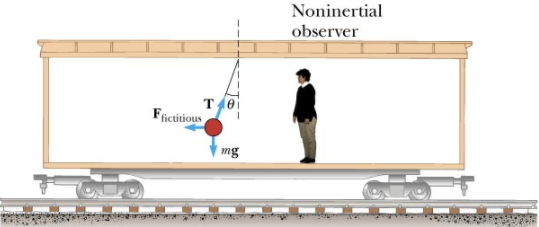
Benefits of CBSE Class 9 Science Notes Chapter 9 Force and Laws of Motion
- Conceptual Clarity: The notes provide a clear and concise explanation of fundamental concepts related to force and motion, helping students develop a strong conceptual foundation.
- Comprehensive Coverage: The notes cover all the essential topics included in the CBSE syllabus for Class 9, ensuring that students have access to comprehensive study material for their exams.
- Simplified Explanation: Complex concepts such as Newton's laws of motion and the principles of inertia are explained in a simplified manner, making it easier for students to understand and remember.
- Visual Aids: The notes may include diagrams, illustrations, and examples to enhance understanding and facilitate visual learning, which can be especially helpful for students who are more inclined towards visual learning.
- Exam Preparation: The notes are designed to help students prepare effectively for their exams by summarizing key points, formulas, and equations, enabling them to revise the entire chapter quickly and efficiently.
CBSE Class 9 Science Notes Chapter 9 FAQs
What is force?
Force is a push or pull acting on an object, which can change its state of rest or motion. It has both magnitude and direction.
What are the different types of forces?
Forces can be classified into various types, including gravitational force, frictional force, normal force, tension force, applied force, and spring force, among others.
What is Newton's first law of motion?
Newton's first law of motion states that an object will remain at rest or continue to move with constant velocity in a straight line unless acted upon by an unbalanced external force. It is also known as the law of inertia.
What is inertia?
Inertia is the tendency of an object to resist any change in its state of motion or rest. It depends on the mass of the object; greater mass implies greater inertia.
What is Newton's second law of motion?
Newton's second law of motion states that the acceleration of an object is directly proportional to the net force acting on it and inversely proportional to its mass. It can be mathematically expressed as F = ma, where F is the force applied, m is the mass of the object, and a is the acceleration produced.
🔥 Trending Blogs
Talk to a counsellorHave doubts? Our support team will be happy to assist you!

Check out these Related Articles
Free Learning Resources
PW Books
Notes (Class 10-12)
PW Study Materials
Notes (Class 6-9)
Ncert Solutions
Govt Exams
Class 6th to 12th Online Courses
Govt Job Exams Courses
UPSC Coaching
Defence Exam Coaching
Gate Exam Coaching
Other Exams
Know about Physics Wallah
Physics Wallah is an Indian edtech platform that provides accessible & comprehensive learning experiences to students from Class 6th to postgraduate level. We also provide extensive NCERT solutions, sample paper, NEET, JEE Mains, BITSAT previous year papers & more such resources to students. Physics Wallah also caters to over 3.5 million registered students and over 78 lakh+ Youtube subscribers with 4.8 rating on its app.
We Stand Out because
We provide students with intensive courses with India’s qualified & experienced faculties & mentors. PW strives to make the learning experience comprehensive and accessible for students of all sections of society. We believe in empowering every single student who couldn't dream of a good career in engineering and medical field earlier.
Our Key Focus Areas
Physics Wallah's main focus is to make the learning experience as economical as possible for all students. With our affordable courses like Lakshya, Udaan and Arjuna and many others, we have been able to provide a platform for lakhs of aspirants. From providing Chemistry, Maths, Physics formula to giving e-books of eminent authors like RD Sharma, RS Aggarwal and Lakhmir Singh, PW focuses on every single student's need for preparation.
What Makes Us Different
Physics Wallah strives to develop a comprehensive pedagogical structure for students, where they get a state-of-the-art learning experience with study material and resources. Apart from catering students preparing for JEE Mains and NEET, PW also provides study material for each state board like Uttar Pradesh, Bihar, and others
Copyright © 2025 Physicswallah Limited All rights reserved.
Get App
